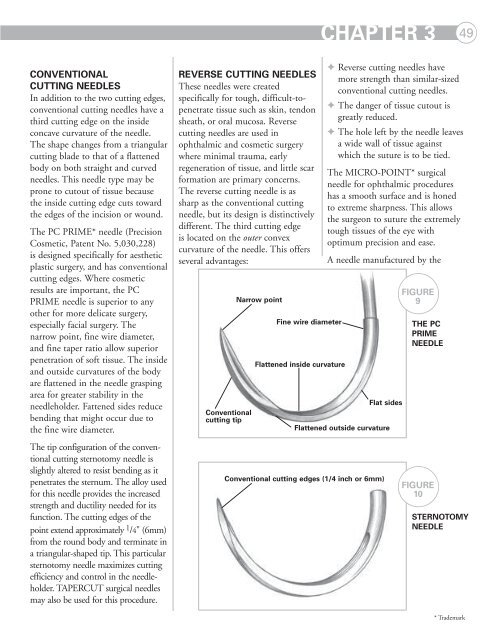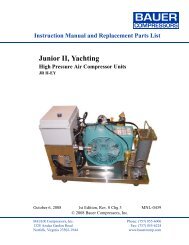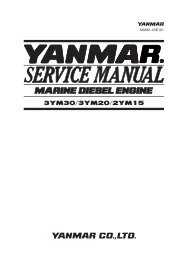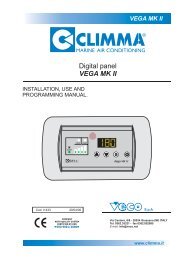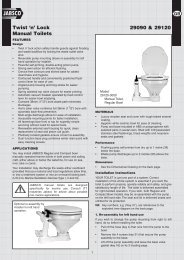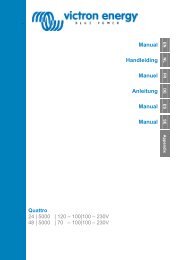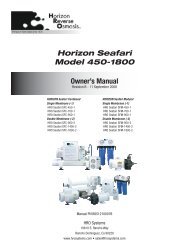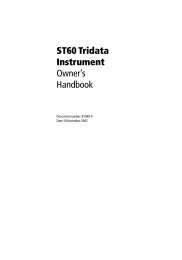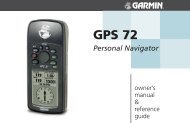Wound Closure Manual (PDF) - Penn Medicine
Wound Closure Manual (PDF) - Penn Medicine
Wound Closure Manual (PDF) - Penn Medicine
You also want an ePaper? Increase the reach of your titles
YUMPU automatically turns print PDFs into web optimized ePapers that Google loves.
CHAPTER 3 49<br />
CONVENTIONAL<br />
CUTTING NEEDLES<br />
In addition to the two cutting edges,<br />
conventional cutting needles have a<br />
third cutting edge on the inside<br />
concave curvature of the needle.<br />
The shape changes from a triangular<br />
cutting blade to that of a flattened<br />
body on both straight and curved<br />
needles. This needle type may be<br />
prone to cutout of tissue because<br />
the inside cutting edge cuts toward<br />
the edges of the incision or wound.<br />
The PC PRIME* needle (Precision<br />
Cosmetic, Patent No. 5,030,228)<br />
is designed specifically for aesthetic<br />
plastic surgery, and has conventional<br />
cutting edges. Where cosmetic<br />
results are important, the PC<br />
PRIME needle is superior to any<br />
other for more delicate surgery,<br />
especially facial surgery. The<br />
narrow point, fine wire diameter,<br />
and fine taper ratio allow superior<br />
penetration of soft tissue. The inside<br />
and outside curvatures of the body<br />
are flattened in the needle grasping<br />
area for greater stability in the<br />
needleholder. Fattened sides reduce<br />
bending that might occur due to<br />
the fine wire diameter.<br />
The tip configuration of the conventional<br />
cutting sternotomy needle is<br />
slightly altered to resist bending as it<br />
penetrates the sternum. The alloy used<br />
for this needle provides the increased<br />
strength and ductility needed for its<br />
function. The cutting edges of the<br />
point extend approximately 1 /4" (6mm)<br />
from the round body and terminate in<br />
a triangular-shaped tip. This particular<br />
sternotomy needle maximizes cutting<br />
efficiency and control in the needleholder.<br />
TAPERCUT surgical needles<br />
may also be used for this procedure.<br />
REVERSE CUTTING NEEDLES<br />
These needles were created<br />
specifically for tough, difficult-topenetrate<br />
tissue such as skin, tendon<br />
sheath, or oral mucosa. Reverse<br />
cutting needles are used in<br />
ophthalmic and cosmetic surgery<br />
where minimal trauma, early<br />
regeneration of tissue, and little scar<br />
formation are primary concerns.<br />
The reverse cutting needle is as<br />
sharp as the conventional cutting<br />
needle, but its design is distinctively<br />
different. The third cutting edge<br />
is located on the outer convex<br />
curvature of the needle. This offers<br />
several advantages:<br />
Conventional<br />
cutting tip<br />
Narrow point<br />
Fine wire diameter<br />
Flattened inside curvature<br />
Reverse cutting needles have<br />
more strength than similar-sized<br />
conventional cutting needles.<br />
The danger of tissue cutout is<br />
greatly reduced.<br />
The hole left by the needle leaves<br />
a wide wall of tissue against<br />
which the suture is to be tied.<br />
The MICRO-POINT* surgical<br />
needle for ophthalmic procedures<br />
has a smooth surface and is honed<br />
to extreme sharpness. This allows<br />
the surgeon to suture the extremely<br />
tough tissues of the eye with<br />
optimum precision and ease.<br />
A needle manufactured by the<br />
Flat sides<br />
Flattened outside curvature<br />
Conventional cutting edges (1/4 inch or 6mm)<br />
FIGURE<br />
9<br />
THE PC<br />
PRIME<br />
NEEDLE<br />
FIGURE<br />
10<br />
STERNOTOMY<br />
NEEDLE<br />
* Trademark


